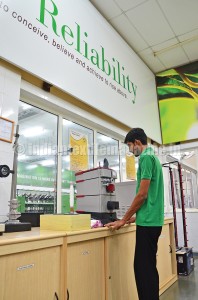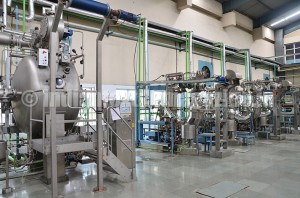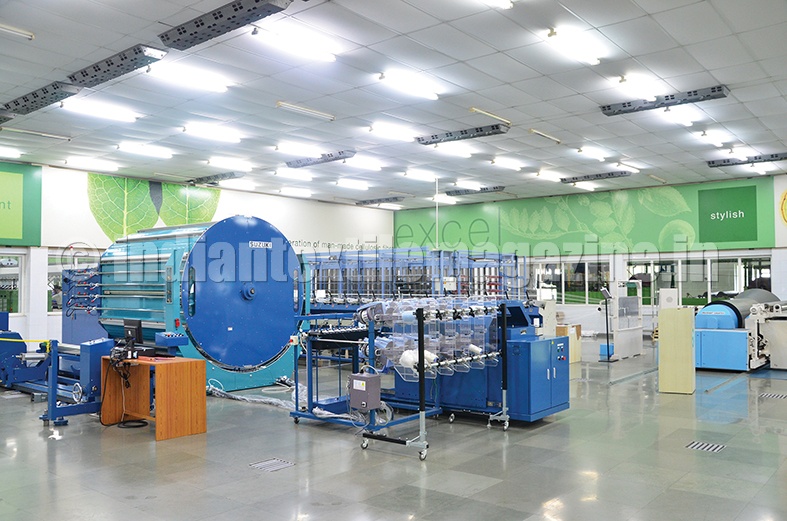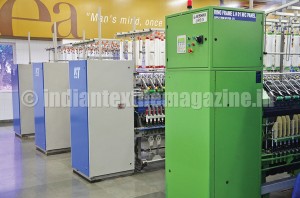Recently, the textile industry has registered major breakthroughs in cellulosic and synthetic fibres backed by advanced technology and innovations. Viscose fibres have come across as a viable solution to cater to the clothing needs of the evolved customer.
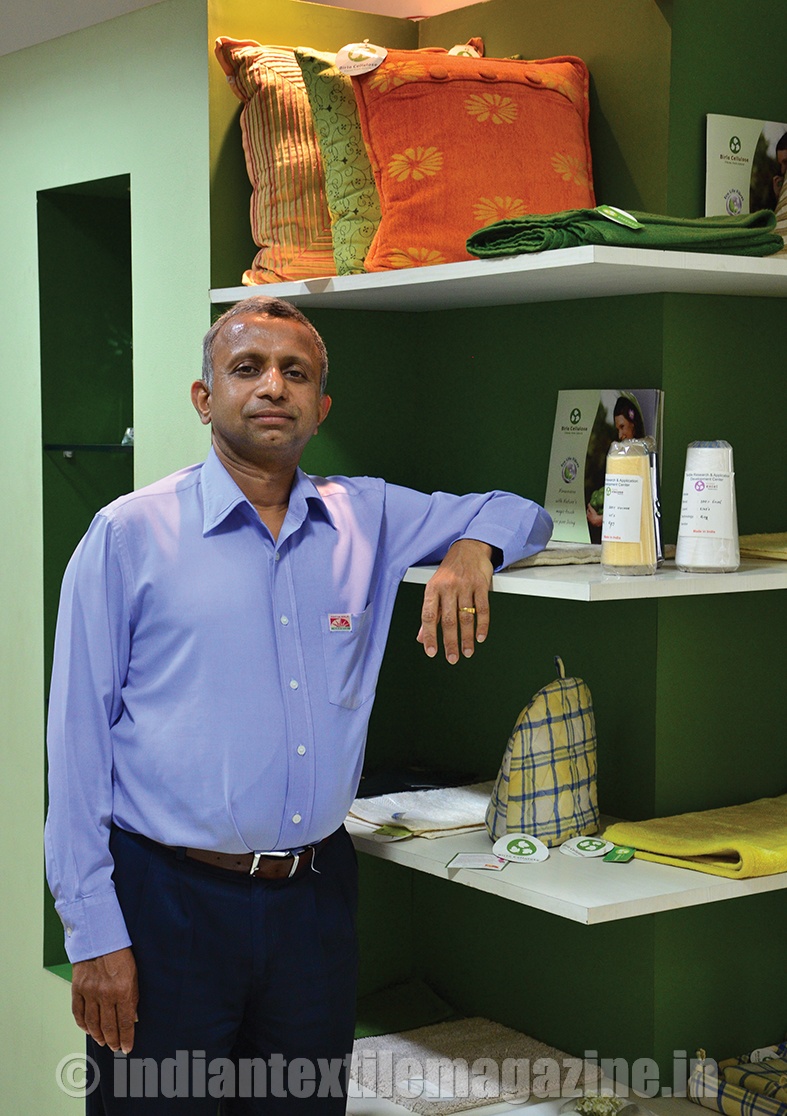
According to reports, global fibre consumption has grown at a CAGR of 2.7 per cent during 2007-2013 whereas viscose alone has grown at 8.4 per cent. This indicates that viscose is becoming the preferred choice of the evolved consumer.
Birla Cellulose is a pioneer and leader in producing viscose fibre. Towards meeting the customer and consumer demand for better quality, and new applications development, the Birla Cellulose Textile Research And Development Centre (TRADC) has constantly innovated and advanced its offerings.
As a shared innovation platform, TRADC offers an exceptional combination of textile skills, tools and high-tech equipment. This unique centre enables customers to take full advantage of the unlimited potential of textile equipment and technologies for viscose fibre along with blends.
The centre offers its value chain partners the best in textile innovation for redesigning the existing products or for inventing new ones. It aims to offer companies a variety of research, prototyping and industrial pre-production solutions for turning ideas quickly into products, enabling them to focus on market research.
A melting pot for innovation, and a vehicle for creativity and industry flagship, TRADC is a place where companies can design, experiment and develop a new product line adapted to tomorrow’s economy and needs.
“As the only such platform in India, TRADC provides and pools skills and cutting-edge equipment enabling our customers to move forward from R&D to the prototype stage and further on to pre-production in a matter of a few weeks. The research centre also provides high-performing resources to meet individual requirements and bring their ideas to fruition,” said Dr. Vijay Ramakrishnan, Head – TRADC, in an exclusive interaction with The Textile Magazine.
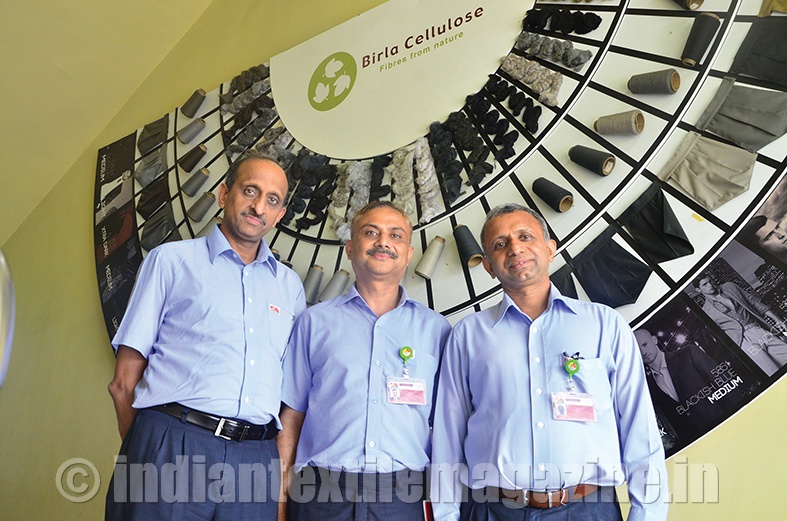
Birla Cellulose, one of the pioneers in the fibre industry, is leading this viscose revolution. Birla Modal offers excellent fabric feel while Birla Excel is the green fibre with highest tenacity.
“Viscose has a silk-like aesthetic with superb drape and feel and retains its rich brilliant colours. Viscose is moisture absorbent (more so than cotton), breathable, comfortable to wear, soft to skin and easily dyed in vivid colours,” observed Mr. Sushil Hada, Asst VP – TRADC.
One of the most important strengths of viscose is its versatility and ability to blend easily with many fibres, sometimes to reduce cost, other times for luster, softness, or absorbency and the resulting comfort. The key is to have a fabric that has enough viscose component to achieve the lustre and softness, but not to such an extent that the disadvantages of viscose outweigh the advantages.
The main issues for cellulosic fibre are value adding and long-term sustainability. The group of scientists at TRADC is tackling these challenges by developing more environment-friendly means to produce, process and enhance the acceptance of regenerated cellulose fibres in a country with its top priority for cotton for decades.
The centre would be an excellent platform for generating new ideas, facilitating collaborations and running pilot projects on behalf of the industry. It is also capable of producing prototypes of new products, develop trademarks and facilitate their marketing worldwide.
Birla’s TRADC was set up in 2004 at Kosamba, right next to its VSF plant. Covering 14,000 sq.m., the centre is equipped with production workshops, testing laboratories, design studio and offices. It also houses a complete and fully functional spinning section, followed by weaving, knitting, processing and garmenting. The weaving room has looms for different applications. Similar is the case with the knitting cubicle with the latest machines of circular and flat knitting technology. The processing division has been provided with a range of dyeing machines, stenters and calendaring machines, all available for customers and value chain partners for trial runs.
Another important USP of TRADC is its design house showcasing thousands of patterns/layouts within the apparel and home textile space. The design and development studio, along with a professional designer, provides customers with the right exposure to the latest fashion and global trends. Housing some of the best-cutting and garmenting machines, TRADC’s design house is truly a perfect platform for textile entrepreneurs to build a brighter future. This unique facility from Birla Cellulose is available for the value chain partners falling under the banner of the Liva Accredited Partners Forum (LAPF).
In recent times, Indian players within the viscose market were finding it difficult to sustain due to inconsistency of quality rolled out from unorganized individuals due to lack of exposure. To bridge this gap and make the process more streamlined and effective, LAPF was launched. It is a forum consisting of textile value chain partners from spinning, weaving, knitting, processing and garmenting, offering quality and innovative products using fibres from Birla Cellulose.
Birla Cellulose uses LAPF as a platform to connect all its value chain partners with each other. Hence information on demand/supply within the value chain is available to all its members. Fabrics made by these partners in the value chain are promoted and marketed among retailers, brands and consumers as ‘LIVA’.
Ever since the official launch of LIVA, many entrepreneurs have shown interest in joining hands with LAPF. But to be a part of LAPF, a textile company has to follow stringent quality norms set by Birla Cellulose.
Since LIVA has already joined hands with major fashion brands like Pantaloons, Lifestyle, Van Heusen, Allen Solly, AND, Global Desi, Chemistry and F109, the future looks bright and promising for Birla’s cellulosic fibres and for all its accredited value chain partners.

